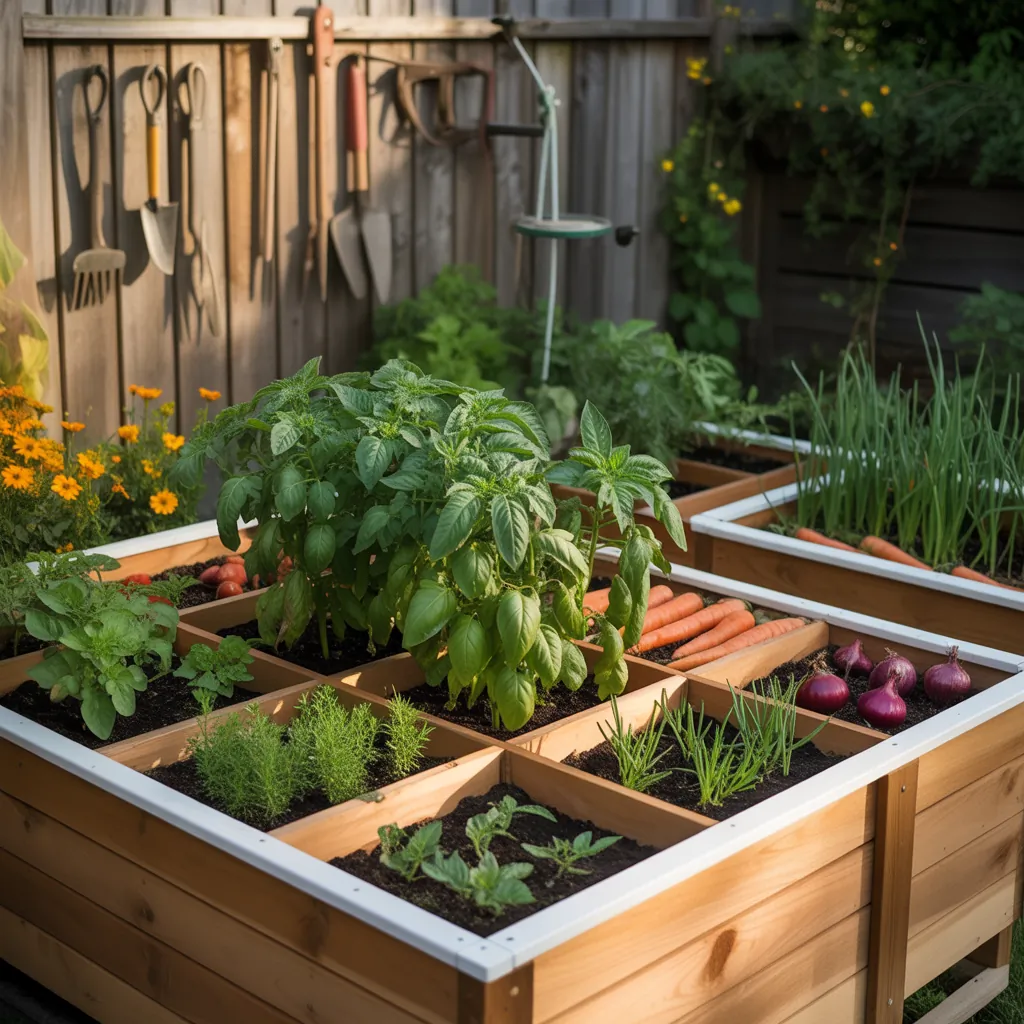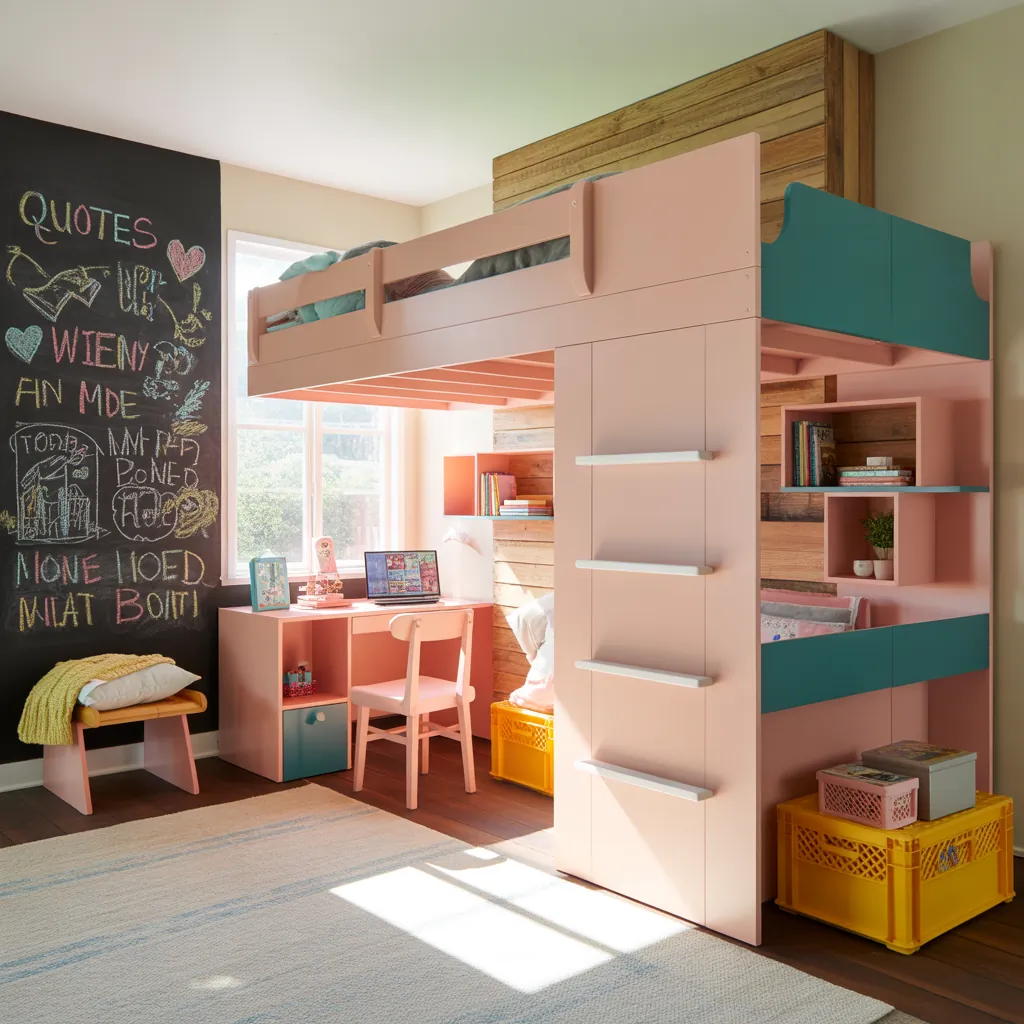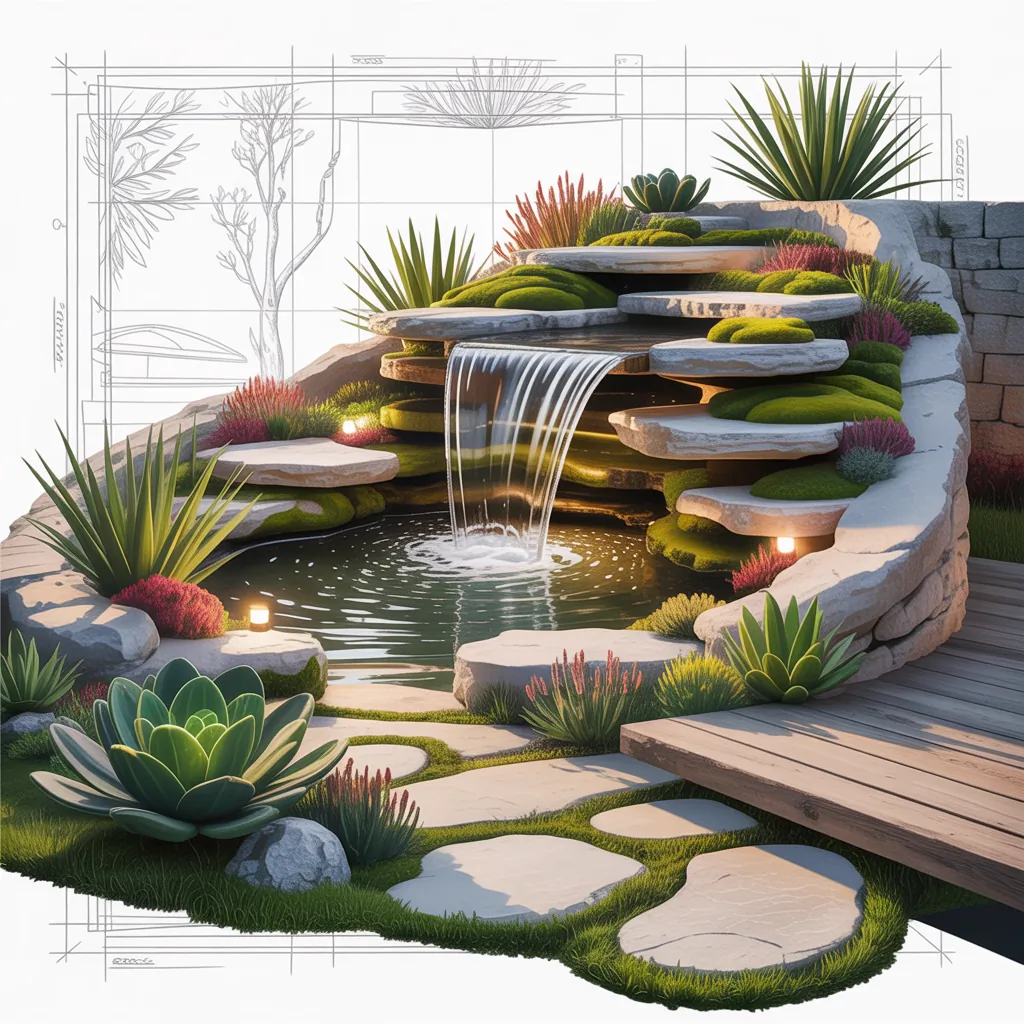Ever squeezed a few pots onto a tiny patio and watched your tomatoes flop while herbs crowded one side? If you’re staring at unused backyard space and dreaming of a productive, low-maintenance vegetable garden, a single 4×8 raised bed can change everything. In this guide you’ll get practical layout plans, companion planting combos, and step-by-step DIY tips to build a thriving outdoor vegetable garden that fits small yards, balconies, or side yards.
Why choose a 4×8 raised bed for your outdoor vegetable garden?
A 4×8 raised bed is often the “sweet spot” for home gardeners: big enough to grow a wide variety of crops, yet narrow enough that you can reach the middle from either side. Raised beds improve drainage, warm up earlier in spring, and make it easier to manage soil quality. They’re ideal for succession planting, vertical supports, and companion planting—techniques that increase yields and reduce pests.
4×8 raised bed outdoor vegetable garden layout ideas companion plants
This section gives concrete layout ideas and companion plant pairings to optimize space, reduce disease, and improve pollination.
Basic 4×8 layout — 4 rows, reach from both sides
- Row 1 (north side): Tall support crops — trellised peas or indeterminate tomatoes on cages.
- Row 2: Mid-height crops — peppers, bush beans, eggplant.
- Row 3: Low crops — lettuce, spinach, beets (succession plant these through the season).
- Row 4 (south side): Fast-maturing or shade-tolerant crops — radishes, scallions, herbs.
Square-foot gardening grid
Divide the bed into 32 square feet (4×8 = 32 squares). This works well for precise plant spacing. Example:
- 4 squares of tomatoes (1 per 4 sq ft)
- 6 squares of peppers or bush beans (4–9 plants per sq ft)
- 8 squares for mixed greens (many transplants per sq ft)
- Remaining squares for herbs and companion flowers like marigolds
Companion planting pairs and pest-reduction combos
Companion planting is about mutually beneficial neighbors. Here are proven pairings you can use in your 4×8 raised bed:
- Tomatoes + basil + marigold: basil enhances flavor and marigolds deter nematodes and pests.
- Corn + pole beans + climbing squash (Three Sisters, adapted): beans fix nitrogen for corn; squash shades soil to suppress weeds.
- Carrots + onions: onions repel carrot fly, and carrots loosen soil for onion roots.
- Cabbage family + dill + nasturtiums: dill attracts predatory wasps; nasturtiums trap aphids.
- Peppers + oregano + chives: strong-smelling herbs deter many common pests.
Step-by-step DIY: Build and plant a productive 4×8 raised bed
Follow these steps to go from empty yard to a thriving raised bed.
- Select location: full sun (6–8 hours), near a water source, flat ground.
- Build the frame: use rot-resistant wood (cedar or redwood), or composite boards. Standard 12″–16″ height works well—12″ if you add extra soil.
- Prepare base: remove sod or lay cardboard to suppress weeds; ensure level bed and add hardware cloth underneath in pest-prone areas.
- Fill with soil mix: 60% topsoil, 30% compost, 10% coarse sand/peat or coconut coir for moisture retention. Aim for a fertile, loose planting medium.
- Install irrigation: drip tape or soaker hoses save time and water. Place lines before final planting.
- Lay out planting grid: mark your square-foot layout and note tall vs. short crops to avoid shading.
- Plant and mulch: plant according to spacing, and apply 2–3 inches of organic mulch to conserve moisture and regulate soil temps.
Soil, watering, and maintenance tips for high yields
Simple care makes a big difference.
- Soil tests: get a soil pH test and aim for 6.0–7.0 for most vegetables.
- Fertilization: incorporate compost and use balanced organic fertilizer mid-season for heavy feeders like tomatoes.
- Watering: deep, infrequent watering encourages strong roots. Use a timer on drip irrigation for consistent moisture.
- Succession planting: plant quick crops (radishes, lettuce) between slower ones to maximize harvests.
- Pest management: handpick pests, use row covers early in season, and encourage beneficial insects with pollinator-friendly flowers.
Design inspiration: verticals, accessibility, and curb appeal
Make your 4×8 bed both beautiful and functional.
- Vertical supports: trellises, A-frames, or obelisks free ground space—grow cucumbers, peas, or vining beans vertically.
- Pathways and access: place the bed on compacted gravel or stepping stones for clean access and wheelchair-friendly maintenance.
- Edging and finishes: stain or paint the frame for a decorative look; add a bench or pergola for shade and aesthetic appeal.
- Interplant flowers: sow calendula, borage, or nasturtiums to boost pollinators and add color.
Real-world layout examples
Try one of these simple plans depending on your goals:
Plan A: Salad-focused 4×8
Half the bed for mixed greens (succession planted), one quarter for radishes and carrots, one quarter for herbs (basil, parsley, chives).
Plan B: Salsa garden
3 tomatoes along a trellis, a center patch of peppers, and perimeter plantings of onions, cilantro, and marigolds to deter pests.
Plan C: Family dinner garden
Two tomato plants, two peppers, a row of beans up a trellis, and remaining squares for potatoes, herbs, and salad greens.
Frequently Asked Questions
1. How deep should a 4×8 raised bed be for vegetables?
A minimum of 12 inches is adequate for many vegetables. Deep-rooted crops (potatoes, carrots) benefit from 18–24 inches. If space is limited, amend shallow beds with loose soil and compost and use deep containers for root crops.
2. Can I grow companions like marigolds and basil with all vegetables?
Most companion plants are broadly compatible, but consider spacing and water needs. Marigolds work well with tomatoes, peppers, and many vegetables. Basil prefers similar watering as tomatoes. Avoid pairing moisture-loving plants with drought-tolerant ones in the same square to prevent stress.
3. How do I prevent soil-borne diseases in a raised bed?
Use fresh, well-draining soil mix, rotate crop families each year, avoid planting the same species in the same spot, and incorporate compost and beneficial microbes. Installing hardware cloth below the bed also keeps out burrowing pests that spread disease.
Conclusion — Start your 4×8 raised bed today
A thoughtfully planned 4×8 raised bed is one of the best DIY projects for turning small outdoor spaces into a productive vegetable garden. Use companion plants to deter pests and boost yield, adopt square-foot or row layouts, and add vertical supports to maximize the footprint. Ready to build? Grab your materials and start with a simple 12″–16″ frame, high-quality soil, and a planting grid—then tweak the layout each season.
Want more hands-on project ideas to upgrade your home? Check out our DIY projects and explore garden-centered home design ideas to tie your outdoor space into the rest of your property. Share your 4×8 raised bed plans or questions below — I’d love to see your garden grow!
Call to action: Start sketching your 4×8 layout today, pick companion plants that match your climate, and build a raised bed this weekend — then come back and tell us how it went.



